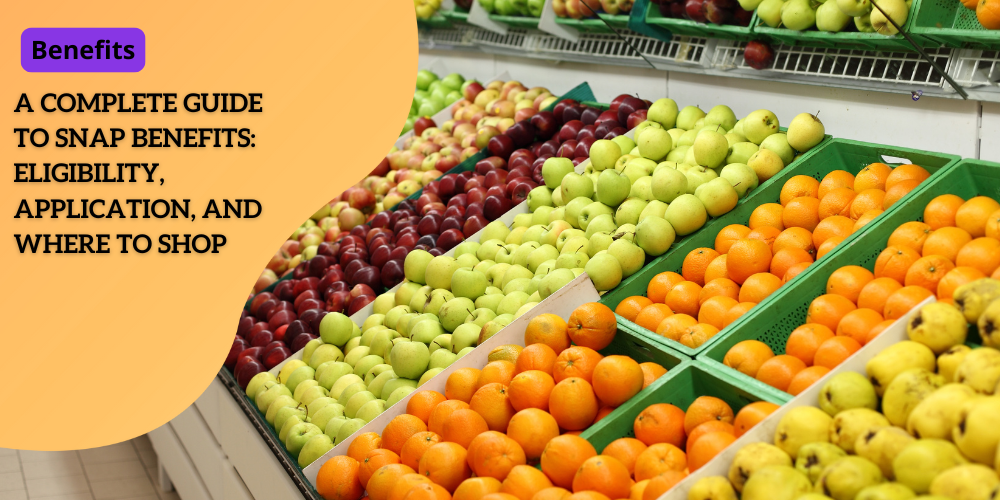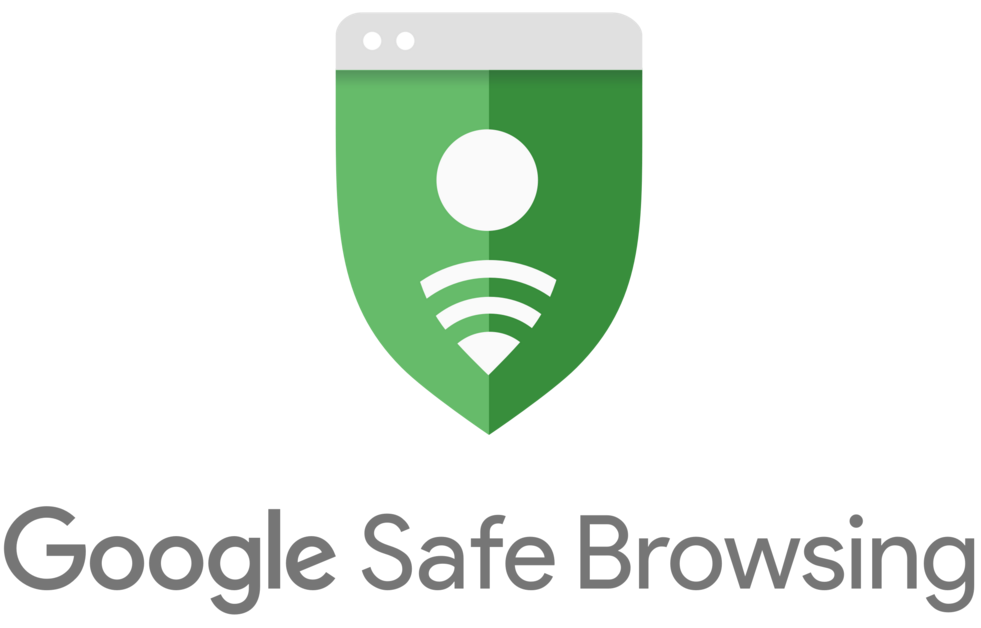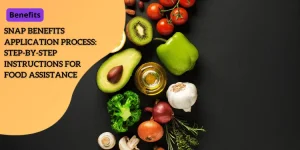A Complete Guide to SNAP Benefits: Eligibility, Application, and Where to Shop

Anúncios
Introduction to SNAP Benefits 🍏
In today’s world, maintaining a healthy diet while managing a budget can be challenging, especially for individuals and families with limited financial resources.
The Supplemental Nutrition Assistance Program (SNAP), commonly referred to as food stamps, is designed to help low-income households put nutritious food on the table without compromising their financial stability.
Anúncios
Through SNAP benefits, millions of Americans have access to vital food assistance, ensuring that healthy eating is not a privilege reserved for the wealthy.
This detailed guide will take you through all the essential information you need about SNAP benefits, including eligibility criteria, the application process, and where you can use your benefits.
Anúncios
Whether you’re new to the program or looking to maximize your benefits, this guide provides all the essential information to help you make the most of this crucial support system.
What is SNAP?
The Supplemental Nutrition Assistance Program (SNAP) is a federal initiative designed to provide individuals and families with financial assistance to purchase food.
Originally, the program distributed food stamps in paper form; however, it has since transitioned to an Electronic Benefit Transfer (EBT) card system.
This system works similarly to a debit card, allowing recipients to discreetly purchase eligible food items from authorized retailers.
Though the purpose of SNAP is primarily to provide financial aid for purchasing nutritious food, it also aims to alleviate the burden on those experiencing financial hardship by ensuring that food security is not an issue.
SNAP not only helps individuals but also supports the general health and well-being of communities by promoting access to essential nutrients.
Benefits of SNAP: What You Can Buy
While many people associate SNAP with basic staples like bread and milk, the program actually offers a wide variety of food choices that help recipients maintain a balanced and healthy diet.
SNAP benefits can be used to buy the following items:
-
Fruits and Vegetables: Fresh, frozen, or canned.
-
Meats, Poultry, and Fish: These items provide essential protein for a well-rounded diet.
-
Dairy Products: Milk, cheese, yogurt, and other dairy-based items.
-
Grains and Bread: Whole grain and enriched bread, cereals, pasta, and other essential items.
-
Snacks: Within reasonable limits, such as nuts, granola bars, and other nutritious snack options.
In addition to these food items, SNAP benefits are accepted at various locations, including grocery stores, farmers’ markets, and even online shopping platforms in select states.
This flexibility ensures that beneficiaries can shop in a way that best suits their needs and preferences.

✅Step 1: Check Your Eligibility for SNAP 📝
The first step in applying for SNAP benefits is determining whether you are eligible.
SNAP eligibility is mainly determined by income, along with other factors like household size and costs, which can also influence your application.
To help you understand the eligibility criteria, here is an overview of the main factors that determine whether you qualify for the program:
Income Limits 💸
Income is one of the most important factors in determining SNAP eligibility.
Each state determines its own income thresholds, which differ depending on household size.
However, the federal guidelines provide a general framework for determining eligibility. The basic income limits are as follows:
-
Individuals: A single person can qualify for SNAP if their monthly income is less than $1,580, which is approximately 130% of the federal poverty line.
-
Family of Four: A family of four may qualify with a monthly income of up to $3,250.
Gross vs. Net Income
In some states, only net income (income after deductions such as taxes and mandatory expenses) is considered, which can make it easier to qualify.
It’s important to check the specific guidelines for your state, as some areas may have more lenient criteria for determining eligibility.
Special Considerations for Seniors and Individuals with Disabilities
Many states offer special rules for seniors (aged 60 and above) and individuals with disabilities.
These special rules may include higher income or asset limits, as well as additional exemptions that make it easier for these groups to qualify for assistance.
Pro Tip: Use the eligibility pre-screening tool available on the Benefits.gov website to quickly determine whether you qualify for SNAP based on your specific situation.
✅ Step 2: How to Apply for SNAP 📋
Once you’ve confirmed your eligibility, the next step is to apply for benefits.
The process of applying for SNAP can be completed in various ways, depending on your location and preferences.
Online Application 🌐
The easiest and most convenient way to apply for SNAP is through the online application portal provided by your state. Each state has its own dedicated SNAP website, and the online process is typically straightforward. Here’s how it works:
-
Visit your state’s official SNAP website.
-
Fill out the application form, which should take between 20 to 30 minutes.
-
Provide all required documentation, such as proof of income, residency, and identification. The specific documents may vary by state, so be sure to follow the instructions carefully.
In-Person or Phone Application 📞
If you prefer to apply in person or need assistance, you can also apply by visiting your local SNAP office.
In some cases, states may offer phone applications or provide same-day interviews for urgent situations.
What Happens After You Apply?
Once you submit your application, it will be evaluated by your state’s SNAP office. Most applications are processed within 30 days, but in emergency situations, such as financial crises, the processing time can be expedited to just seven days.
Once your application is approved, you will be issued an EBT card in the mail, which functions like a debit card. The card will be preloaded with your monthly benefits, and you can use it at authorized retailers.
✅Step 3: What Can You Buy with SNAP Benefits? 🛒
SNAP benefits can be used to purchase a broad range of food items, helping you maintain a nutritious and balanced diet. Here are some of the main categories of food that you can buy using your SNAP benefits:
-
Fruits and Vegetables: Fresh produce, frozen fruits and vegetables, and canned options.
-
Proteins: Meats, poultry, fish, and other protein-rich foods.
-
Dairy: Yogurt, milk, cheese, and other dairy products.
-
Grains: Bread, cereals, pasta, rice, and other grain-based foods.
-
Snacks: Items such as granola bars, nuts, and other snack foods (as long as they are not prepared foods or luxury items).
What Cannot Be Purchased with SNAP? 🚫
While SNAP benefits provide flexibility in purchasing a wide range of foods, there are certain items that cannot be bought with your benefits. These restrictions include:
-
Alcoholic beverages
-
Tobacco products
-
Vitamins and dietary supplements
-
Hot or prepared foods (unless sold at authorized retailers)
Bonus Tip: Some states offer the Double Up Food Bucks program, which allows SNAP users to receive additional credits when purchasing fresh produce at farmers’ markets. Check to see if your state participates in this program for extra savings!
✅ Step 4: Where Can You Use SNAP Benefits? 🏪
One of the great advantages of SNAP is its versatility in where you can shop. With your EBT card, you can purchase eligible food items at a variety of locations, including:
-
Grocery Stores 🛒
SNAP is accepted at most major grocery store chains, such as Walmart, Kroger, Aldi, and Dollar General. Many local grocery stores also accept SNAP, as long as they display the “SNAP Accepted Here” sign. -
Farmers’ Markets 🍅
Many farmers’ markets accept SNAP, giving you the opportunity to buy fresh, locally grown produce directly from farmers.
In some areas, you may even be able to use your SNAP benefits for special programs like Double Up Food Bucks, which offer additional discounts on fresh fruits and vegetables.
-
Online Retailers 💻
In select states, you can also use your SNAP benefits to shop online.
Retailers like Amazon, Walmart, Kroger, and Instacart accept EBT payments, allowing you to shop for groceries from the comfort of your own home.
How to Find Stores that Accept SNAP
To find stores that accept SNAP benefits, look for the EBT Accepted Here sign at the entrance.
You can also utilize the program Retailer Locator tool provided by the USDA to search for authorized retailers in your area.
Tips to Maximize Your SNAP Benefits 💡
While SNAP benefits are a valuable resource, there are ways to stretch your benefits even further and ensure you’re making the most of your monthly allowance. Here are some tips for getting the most out of your SNAP benefits:
-
Take Advantage of Sales: Shop during sales or buy store brands to stretch your budget further.
-
Plan Your Meals: Plan your meals for the week to prevent impulse buying and unnecessary spending.
-
Use Coupons and Rewards Apps: Many stores allow you to stack coupons with SNAP purchases, maximizing savings.
-
Visit Food Pantries: Many food pantries partner with SNAP to provide additional food resources for low-income families.
Conclusion: Apply for SNAP Today! 🎯
SNAP is a vital program that offers support to millions of individuals and families in the United States, providing access to nutritious food each month.
Whether you’re struggling to make ends meet or simply need assistance with your food budget, applying for SNAP could provide the support you need.
With the ability to shop at grocery stores, farmers’ markets, and online retailers, SNAP offers unmatched flexibility, ensuring you can always access the food you need.







